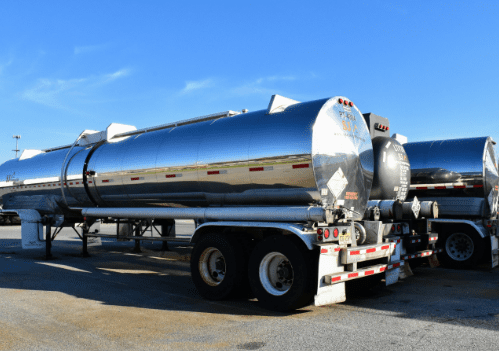Thames Water, the largest water supplier in the UK, is facing a financial crisis that could leave it without cash as soon as December. This serious warning has caused lenders to consider easing repayment terms to help the company avoid collapse. Let’s dive into what’s happening with Thames Water and why this matters to everyone.
Running Out of Money
Thames Water recently announced that it is running low on funds, with only £1.6 billion left in its accounts. But here’s the catch: it can’t actually access all of that money without the approval of most of its lenders, who are owed a whopping £15 billion. If these lenders don’t agree to new terms, the company might run out of available cash by December. This could lead to what is called a “standstill” period, where Thames Water is given a break from repaying loans, but only for a short time.

During this standstill, Thames Water would get access to about £930 million of its remaining £1.6 billion. This move would keep the company afloat for a little while longer but wouldn’t solve the long-term problem. It’s like trying to patch a sinking boat with a band-aid — it might hold for now, but it’s not a permanent fix.
What Lenders Are Doing
The company’s lenders, who are understandably worried about losing their money, are now in talks with Thames Water. Some of them are considering easing repayment terms, which means they might give the company more time to pay back its debt. But here’s the tricky part: even if they agree to this, it will only keep Thames Water going until the spring of next year. After that, a bigger financial fix will be needed.
These discussions are happening between Thames Water and about 90 of its creditors, who hold around £10 billion of the company’s total debt. The lenders are trying to find a way to save the company without losing their investments. No one wants to see their money disappear, but the situation is so serious that nationalization, or government control, is being considered.
Nationalization: A Temporary Fix?
If Thames Water does run out of cash, it could be placed into what’s called a “special administration regime.” This is a form of temporary nationalization where the government takes over to keep essential services running. After all, people still need water, even if the company providing it is in trouble.
But this solution is not ideal. Nationalization would be expensive for taxpayers, and it would put pressure on the government to show that private investors are also sharing in the financial burden. No one wants to foot the bill for a failing company, but the alternative is even worse — people losing access to clean water.
Thames Water’s Next Steps
Thames Water has been in talks with its financial stakeholders since July 2024, providing them with information to better understand the company’s business plan and funding needs. The company hopes that these discussions will lead to new terms for its debt repayments, which would give it more time to sort out its finances.
One of the company’s main goals is to avoid being forced into insolvency. Insolvency is when a company can’t pay its debts and is essentially out of business. To prevent this, Thames Water is looking at various options, including delaying some of the payments it owes to lenders.
What About the Customers?
For customers, this whole situation might mean higher water bills in the future. The water watchdog, Ofwat, is responsible for deciding how much water companies, including Thames Water, can charge customers. Their decision is expected in January, and the financial troubles at Thames Water may push them to allow higher bills.
No one likes the idea of paying more for water, but the reality is that Thames Water needs more money to keep operating. Raising customer bills might be one way to bring in that extra cash, though it’s unlikely to be a popular solution.
What’s Happening in Court?
Thames Water has already secured dates in the high court, which could be needed to formally rewrite its agreements with lenders. This legal move is another step toward extending the company’s “liquidity runway” — basically, buying more time before it runs out of money.
A source close to the company said they are considering several options to extend this runway. One of those options is to delay some of the payments that are due to lenders. It’s a balancing act between keeping the company running and keeping the lenders happy.
What Happens Next?
As of now, the talks between Thames Water and its lenders are only about temporary measures. The company is trying to extend the maturity of some of its bonds to attract new investors. Bonds are like IOUs that companies issue to raise money, and extending their maturity means Thames Water would have more time before it has to pay back the people who hold those bonds.

But these are short-term fixes. Thames Water needs a bigger, long-term solution to avoid going under. The question is: how long can they keep patching the holes before the whole ship sinks?
The Bottom Line
Thames Water is in a tight spot. With only a few months of cash left, the company is scrambling to make new deals with its lenders. If they can’t come to an agreement, Thames Water might have to rely on the government to keep running — a move that could cost taxpayers and potentially raise water bills.
In the meantime, Thames Water is exploring every option to extend its financial runway, but time is running out. Whether it’s through new repayment terms, attracting fresh investments, or nationalization, one thing is clear: Thames Water’s money troubles are far from over.
So, will the taps run dry by December? Only time will tell, but it’s clear that Thames Water needs a major financial rescue — and soon.


